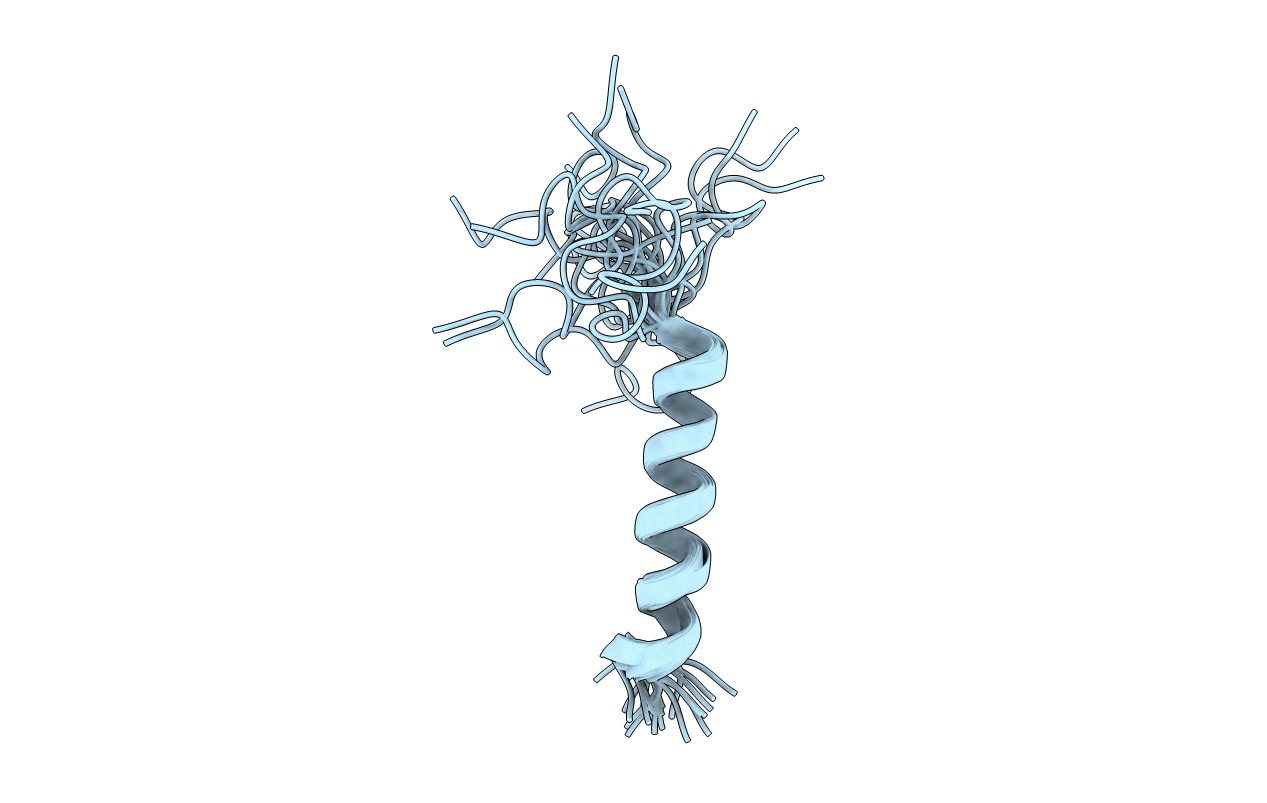
Deposition Date
2009-01-07
Release Date
2009-08-25
Last Version Date
2024-05-15
Entry Detail
PDB ID:
2RQ2
Keywords:
Title:
The solution structure of the N-terminal fragment of big defensin
Biological Source:
Source Organism:
Method Details:
Experimental Method:
Conformers Calculated:
50
Conformers Submitted:
20
Selection Criteria:
structures with the lowest energy


